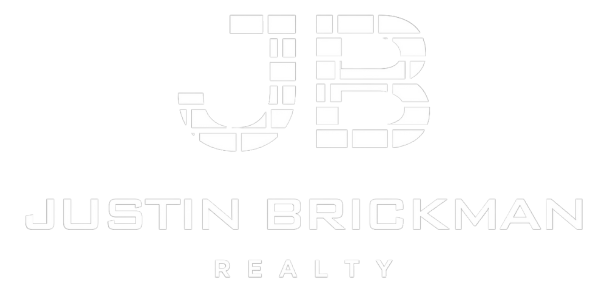Green Revolution
Exploring the Rise of Eco-Friendly Homes and Sustainable Neighborhoods
In recent years, there has been a significant shift towards eco-friendly living and sustainable development practices. As awareness of environmental issues grows, more homeowners and developers are embracing the concept of eco-friendly homes and sustainable neighborhoods. This trend is not only driven by environmental concerns but also by a desire for healthier, more efficient living spaces. Let’s delve into the reasons behind the rise of eco-friendly homes and explore how they contribute to the creation of sustainable neighborhoods.
1.Environmental Awareness and Concerns
One of the primary drivers behind the rise of eco-friendly homes is increased awareness of environmental issues such as climate change, pollution, and resource depletion. Homeowners are becoming more conscious of their carbon footprint and are seeking ways to reduce their impact on the environment. Eco-friendly homes utilize sustainable building materials, energy-efficient appliances, and renewable energy sources like solar power to minimize environmental harm.
2. Health and Well-being
Eco-friendly homes are not only beneficial for the environment but also for the health and well-being of their occupants. These homes often feature natural and non-toxic materials that improve indoor air quality and reduce exposure to harmful chemicals. Additionally, features such as proper insulation, ventilation, and natural lighting contribute to a more comfortable and healthier living environment. Sustainable neighborhoods prioritize green spaces, pedestrian-friendly design, and access to amenities like parks and community gardens, promoting physical activity and social interaction among residents.
3. Energy Efficiency and Cost Savings
Another key factor driving the popularity of eco-friendly homes is their focus on energy efficiency and cost savings. Features such as high-performance insulation, energy-efficient windows, and LED lighting help reduce energy consumption and utility bills. Additionally, renewable energy sources like solar panels can further offset energy costs and even generate income through net metering or feed-in tariffs. Over time, the savings on energy bills can offset the initial investment in eco-friendly features, making these homes financially attractive in the long run.
4. Government Incentives and Regulations
Government incentives and regulations also play a significant role in promoting eco-friendly homes and sustainable development. Many local and national governments offer tax incentives, rebates, and grants to encourage homeowners and developers to adopt sustainable practices. In addition, building codes and regulations increasingly require new construction to meet certain energy efficiency and environmental standards, driving the adoption of eco-friendly building practices.
5. Innovations in Green Building
Advancements in green building technologies and practices have made eco-friendly homes more accessible and affordable than ever before. From passive solar design to green roofs to rainwater harvesting systems, there is a wide range of innovative solutions available to homeowners and developers looking to reduce their environmental impact. Additionally, certification programs such as LEED (Leadership in Energy and Environmental Design) provide guidelines and standards for sustainable building practices, helping to ensure that eco-friendly homes meet rigorous performance criteria.
6. Community Engagement and Collaboration
Creating sustainable neighborhoods requires collaboration and engagement from residents, developers, local government, and other stakeholders. Community-driven initiatives such as eco-friendly neighborhood associations, carpooling programs, and community gardens can further enhance the sustainability of a neighborhood. By working together, communities can create vibrant, resilient, and environmentally friendly places to live.
In conclusion, the rise of eco-friendly homes and sustainable neighborhoods reflects a growing awareness of environmental issues and a desire for healthier, more efficient living spaces. From reducing carbon footprints to promoting health and well-being to saving money on energy bills, eco-friendly homes offer numerous benefits for homeowners and communities alike. As the demand for sustainable living continues to grow, it’s clear that eco-friendly homes and sustainable neighborhoods will play an increasingly important role in shaping the future of housing.

Top Realtor
Justin Brickman, Best Realtor
All City Real Estate
Seller Representative Specialist
Military Relocation Professional
210-827-6020

